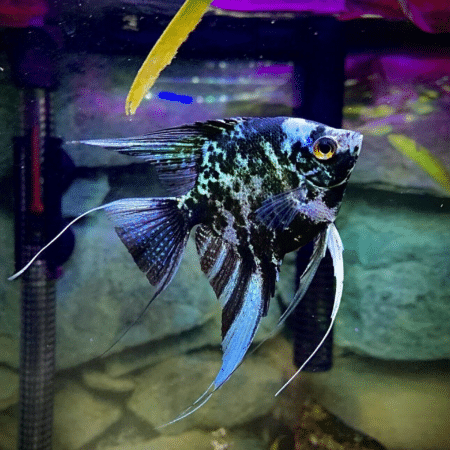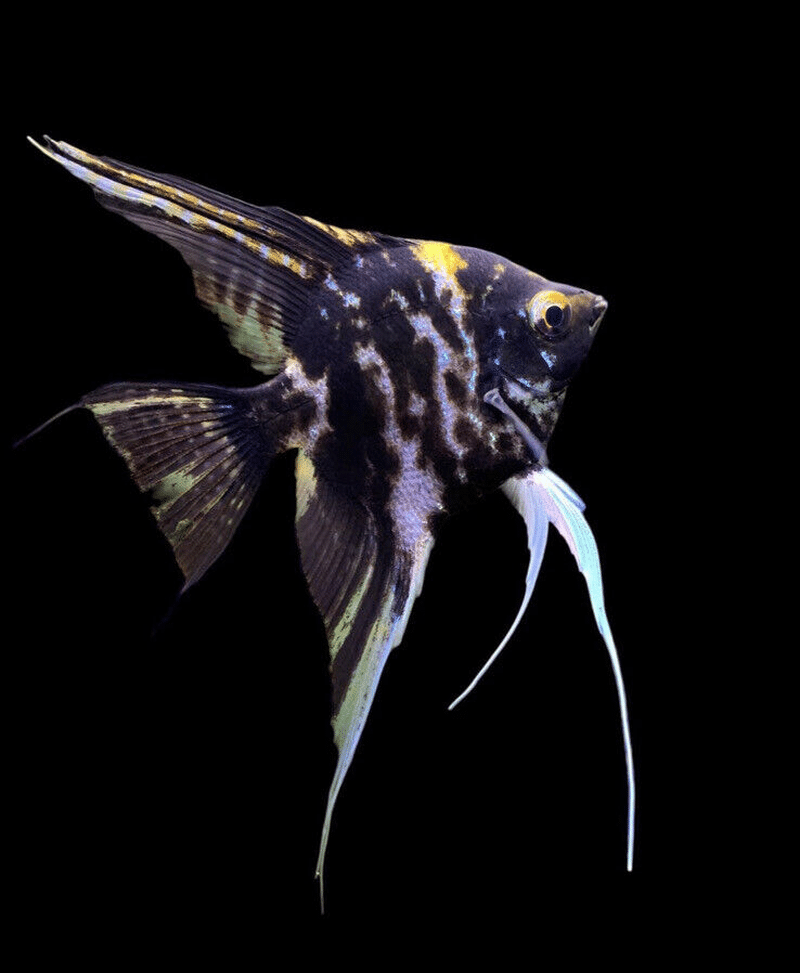-
×
-
×
-
×
-
×
-
×
-
×
Subtotal: £151.92



















Emily Rivers (verified owner) –
I recently added a couple of Marble Angelfish (Pterophyllum) to my community tank, and I couldn’t be happier! These little gems, sized at 3-4 cm, arrived in perfect condition after just two days of shipping. They are so vibrant and truly add life to my aquarium! It’s been about a month since I introduced them, and they have acclimatized beautifully, showcasing their stunning patterns and engaging behavior.
I’ve noticed that they are a bit territorial, especially during feeding, which is something to keep in mind if you’re considering adding them to a mixed tank. However, their grace and charm make it all worth it! Compared to other freshwater fish I’ve kept, the Marble Angelfish are more interactive and seem to thrive with lots of hiding spots and taller plants in the tank.
As a caring fish parent, I recommend these angelfish to anyone who appreciates vibrant personality and elegance in their aquarium. Just ensure your tank is spacious enough for them to swim freely. I’m already planning to get a few more to create a lovely school in my tank. Highly recommend this beautiful species for both beginners and seasoned aquarists alike!